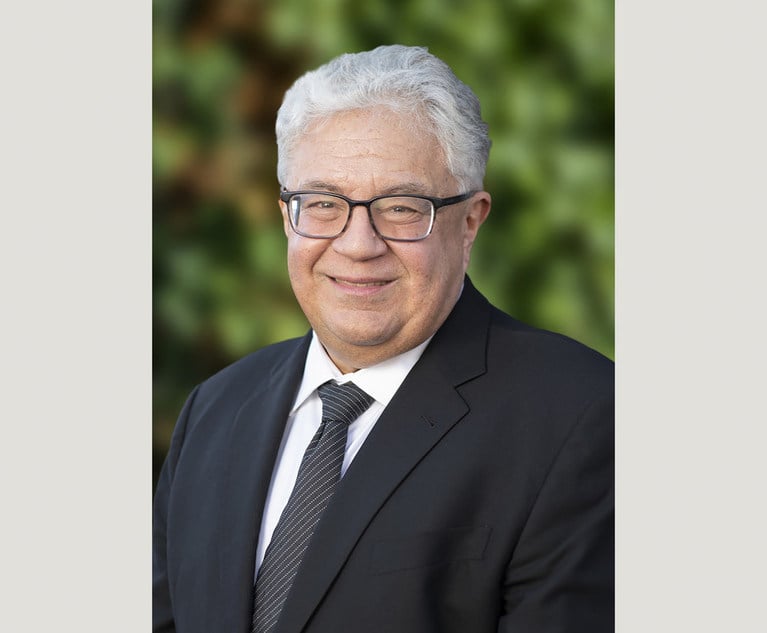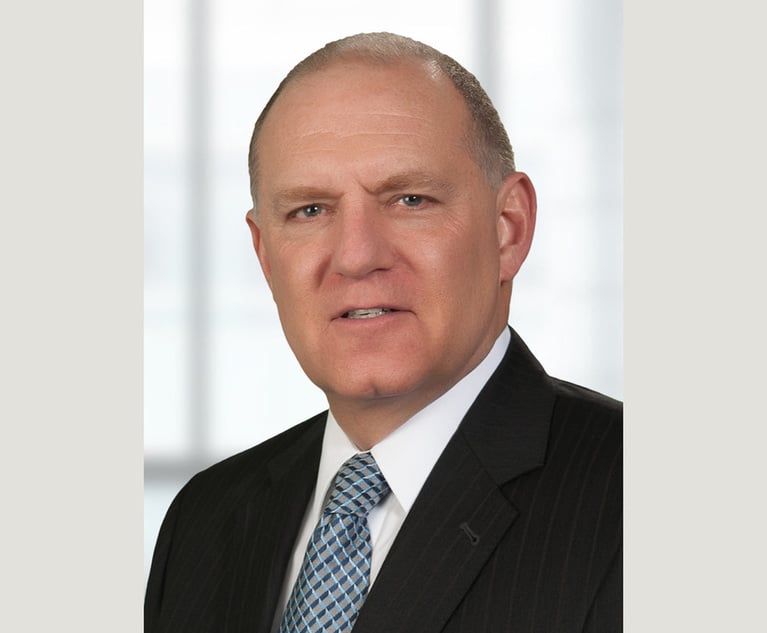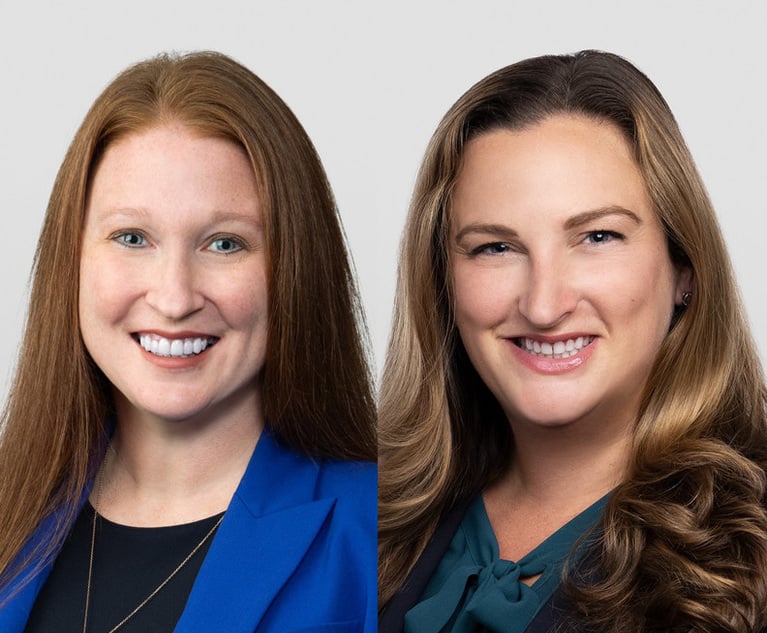The current health care worker shortage in the United States is an ongoing nationwide problem that does not appear to be going away any time soon. The Association of American Medical Colleges projects a shortage of up to 124,000 physicians by 2034. While the insufficient supply of U.S. health care workers in only worsening, studies show that roughly 263,000 foreign national health care professionals in the United States are under- or unemployed. Accordingly, one strategy health care employers should consider, and prospective immigrant employees should leverage, is hiring international workers via employer-based immigration sponsorship. While several visa types allow for the hiring of international workers (e.g., J-1, H-1B, O-1, E-2, E-3, H-1B1, TN, and F-1 OPT/STEM OPT), this article will focus on H-1B visas.
Background
Through the H-1B program (the program), U.S. companies may employ foreign workers in occupations that require the theoretical and practical application of specialized knowledge and a bachelor’s degree or higher in such specialty, or its equivalent. Though any position requiring a bachelor’s degree or higher may qualify for the program, high-demand fields typically comprise of science, health care, engineering and information technology. The program provides 65,000 visas annually, with an additional 20,000 visas set aside exclusively for the advanced degree exemption (i.e., foreign workers who hold a U.S. master’s or doctoral degree) (collectively referred to as the H-1B cap). The H-1B visa may be approved up to three times for a maximum of six years with an H-1B status. Because there are more applicants than available visas each year, the program operates through an electronic lottery system to determine which employers may sponsor specifically identified foreign nationals for H-1B status. The U.S. Citizenship and Immigration Services (USCIS) received 780,884 H-1B registrations for Fiscal Year (FY) 2024, representing a 61% increase over the FY 2023 filing season.


 Vasilios J. Kalogredis, with Lamb McErlane. Courtesy photo.
Vasilios J. Kalogredis, with Lamb McErlane. Courtesy photo.




